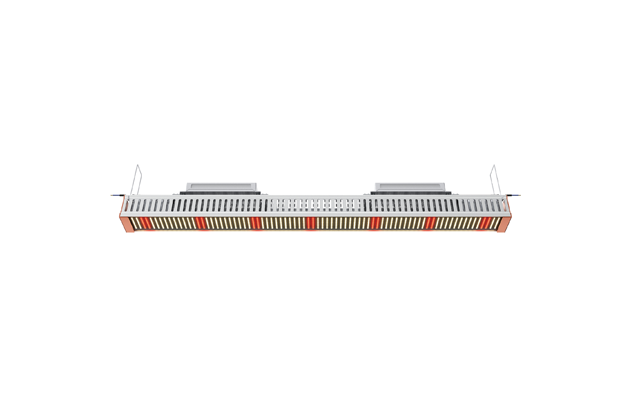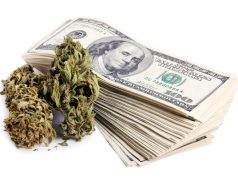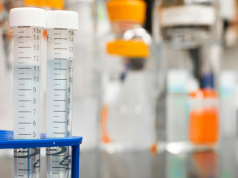In today’s world, we often hear the words “global warming” and “climate change.” Business plays a central role in climate change; much of the CO2 emissions causing climate change come from business-driven economic activity. Because of this, businesses – from finance and retail sectors down to manufacturing and horticulture sectors – have a responsibility to make sustainable decisions to lower their harm on the environment.
As cannabis producers begin to think about sustainability and lowering their carbon footprint, more and more are turning to indoor farming. Indoor farming has many sustainable advantages over traditional growing processes. It produces greater yields on smaller units of land through stacked crop layouts, uses up to 95% less water, creates fewer CO2 emissions, reduces the needs for pesticides and removes the need for long transportation methods amid today’s strained supply chain.
Indoor farming would not be feasible without the use of artificial grow lighting. Grow lights are a large investment for growers, especially for large grows producing high volumes of crop. There’s a lot to consider – initial installation costs, electricity costs over time, number of fixtures, and more.
The two most common types of grow lights are LEDs (light emitting diodes) and HPS (high-pressure sodium) solutions. Compared to HPS solutions, LEDs are more energy efficient, have longer lifespans and contain recyclable non-toxic materials, so these are the types of lights that growers should be using to create more sustainable grow rooms.
Energy Efficiency
Hoping to save money, some growers opt for HPS solutions due to their lower upfront costs. However, LEDs are much more energy efficient than HPS solutions. HPS solutions generate light through the ignition of gas within the fixture. This causes HPS solutions to generate large amounts of heat. Though a lot of energy may be pumped into an HPS solution, much of that energy is converted to heat, instead of light for crops. LEDs on the other hand, have up to 90% electricity-to-light conversion efficiency. So, though HPS solutions may have lower upfront costs, LEDs save growers money over time by wasting less energy to heat.
A good tip for growers is to always look at a light’s efficacy. Efficacy is determined by dividing lumens by watts. A lumen measures light emitted per second. A watt equals one joule of energy per second. The higher the efficacy, the more energy efficient a light is, and thus, the more sustainable it is.
Longer Lifespan
Quality LED lights have an expected lifespan of over 50,000 hours. HPS solutions typically last only about 10,000 hours. For easy comparison, LED lights last over five years, while HPS solutions last just over a year. This results in growers using LED lights conducting fewer replacements. Fewer replacements mean fewer resources being used in the manufacturing process, fewer packaging materials and less transportation to carry the replacement lights. Overall, this lowers the grow’s carbon footprint.
In addition to these sustainable advantages, needing fewer replacements is another way LED lights can save growers money. LED lights are simple to maintain. Though the upfront cost of LED lights may be higher, they only need to be replaced a fraction of the time. Thus, LEDs lights bring down expensive maintenance and replacement costs for growers. Able to withstand heat and moisture in greenhouse environments, the simple routine cleaning of dust and debris from the inside and outside of LED lights can ensure they work efficiently for many years.
Recyclable Non-Toxic Materials
LED lights are free of many dangerous chemicals like mercury that can be hazardous to the environment and public health. LEDs are made of small diodes, which are made of thin layers of semiconductor materials. Under current regulations, one of the main advantages of LED lights is that they can be recycled easily with other electronics. Recycling reduces the amount of waste that ends up in landfills, prevents pollution by reducing the need to collect new raw materials and saves energy.
Cannabis productions, like any other business, have an environmental responsibility to make sustainable decisions and be part of the solution to taking care of the planet. LED grow lights are energy efficient, recyclable and have longer lifespans than their competition – in addition being the more cost-effective choice. Making the switch should be a no brainer for anyone in the indoor farming business.






